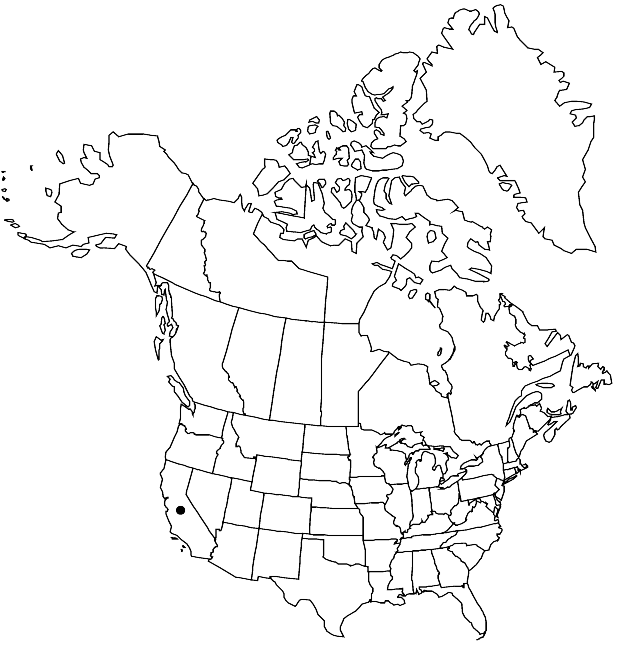Difference between revisions of "Sisymbrium erysimoides"
Fl. Atlant. 2: 84. 1798.
FNA>Volume Importer |
FNA>Volume Importer |
(No difference)
| |
Revision as of 22:51, 16 December 2019
Annuals; glabrous or pubescent. Stems erect, unbranched or branched distally, (1–)2–6(–8) dm, glabrous or sparsely pilose at least basally, usually glabrous distally. Basal leaves (soon withered); not rosulate; petiole (0.5–)1–4(–6) cm; blade broadly ovate to obovate or broadly oblanceolate, 2–8(–10) cm × 10–30(–50) mm, margins lyrate-pinnatipartite; lobes 2–4 on each side, oblong or lanceolate, smaller than terminal lobe, margins subentire or dentate, (terminal lobe ovate, margins dentate). Cauline leaves similar to basal, (distalmost with shorter petiole); blade smaller, margins dentate, lobes 1–3 on each side. Fruiting pedicels divaricate, stout, nearly as wide as fruit, 1–2(–3) mm, (pilose adaxially). Flowers: sepals ascending, oblong, 1.5–2(–2.5) × 0.8–1.5 mm; petals pale spatulate, 1.4–2(–2.5) × 0.2–0.5 mm, claw ca. 0.5 mm; filaments 1.7–2.5(–3) mm; anthers ovate, 0.1–0.2 mm. Fruits narrowly linear, straight, obscurely torulose, stout, (1.7–)2–4.5(–5.2) cm × 0.9–1.2 mm; valves glabrous; ovules 30–46(–54) per ovary; style (slender) 0.5–1(–2) mm; stigma prominently 2-lobed. Seeds 0.9–1.3 × 0.4–0.6 mm. 2n = 14.
Phenology: Flowering Jan–Oct.
Habitat: Waste grounds, abandoned fields, disturbed sites
Elevation: 300-1900 m
Distribution

Calif., Europe, introduced also in South America (Argentina), Australia.
Discussion
Sisymbrium erysimoides apparently is naturalized in the flora area in Riverside County.
Selected References
None.